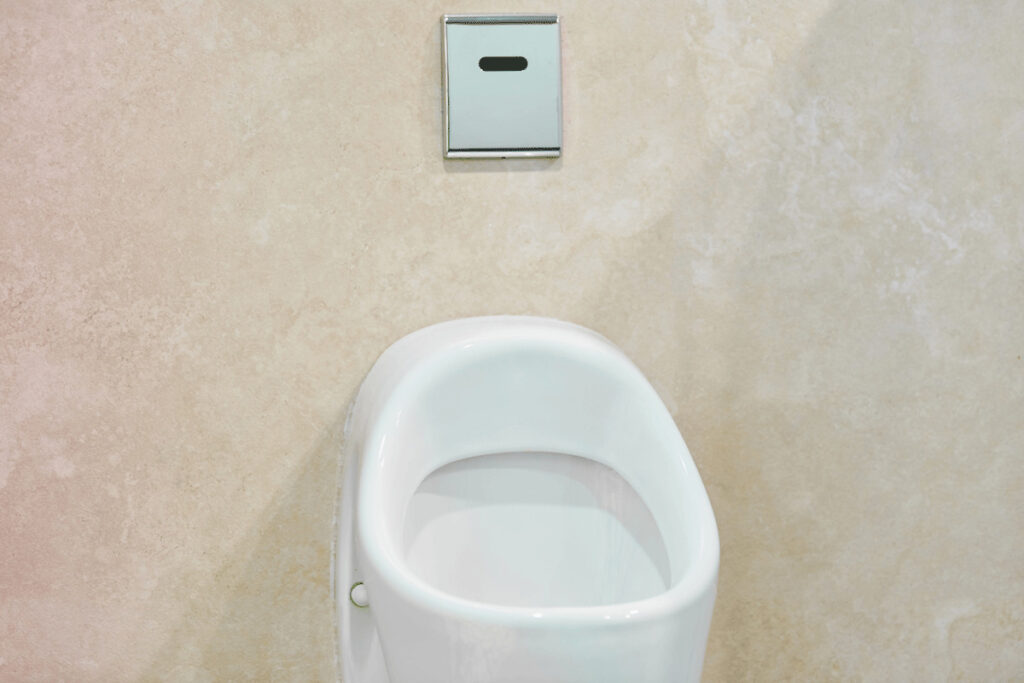Waterless Toilets – Do They Work?
Over the years, waterless toilets have become increasingly popular as an alternative to traditional toilets. Waterless toilets use significantly less water than conventional toilets, making them more environmentally friendly.
But what exactly are waterless toilets, and do they work? Read on to find out.
What Are Waterless Toilets?
Waterless toilets are exactly what they sound like – toilets that do not use water. Instead, these toilets rely on alternative methods to dispose of waste.
There are several types of waterless toilets, but all share the same goal of reducing water usage. Some waterless toilets use a composting system to break down waste, while others use a chemical process to treat waste.
Types of Waterless Toilets
There are several types of waterless toilets, each with its advantages and disadvantages.
1. Basic Waterless Toilet
One of the oldest and most basic types of waterless toilets is the basic waterless toilet or the “pit latrine.” This type of toilet is typically a hole in the ground that is lined with a concrete or plastic ring. When waste is deposited into the hole, it decomposes over time. Pit latrines can be quick and easy to construct and do not require water or electricity. However, they can be unsanitary, primarily if not correctly maintained.
2. Composting Waterless Toilet
Composting waterless toilets are similar to pit latrines, but they use a system of aeration and moisture control to speed up the decomposition process. Composting toilets typically have two chambers – one for solid waste and one for liquid waste. The concrete waste chamber generally is lined with organic material, such as sawdust, which helps break down the waste. The liquid waste chamber is typically lined with a material that allows liquids to drain away while retaining solids.
3. Urinals
Urinals are a type of waterless toilet that is designed for use by men. Urinals typically consist of a bowl or trough mounted on the wall. Waste is deposited into the urinal and drains away through a pipe. Urinals can be very efficient, as they do not require water. However, they can be unsanitary if they are not properly maintained.
4. Incinerating Toilet
A rather exciting type of waterless toilet is the incinerating toilet. As the name suggests, this toilet uses heat to incinerate waste. Incinerating toilets typically have an incinerator chamber that is lined with heat-resistant material. Waste is deposited into the chamber and then burned at a high temperature. The resulting waste products are typically ash and smoke, which are then vented away from the toilet.
5. High-Tech Waterless Toilets
More recently, several high-tech waterless toilets have been developed. These toilets typically use advanced filtration or chemical treatment systems to recycle waste. Some high-tech waterless toilets even use UV light to sterilize waste, making them highly sanitary.
Do Waterless Toilets Work?
Waterless toilets can be an excellent option for those who want to reduce their water usage. However, it is important to remember that these toilets are not suitable for everyone.
Before choosing a waterless toilet, it is important to consider your needs and your family’s needs. Waterless toilets can be a great option for those looking to reduce their environmental impact. Still, they may not be the best option for those looking for a more traditional toilet experience … which is most of us!
So this is an interesting concept, but most people will be more focused on their current plumbing fixtures. Do your kitchen, bath, or utility spaces need plumbing repair or service? Schedule service online or call us at 909-297-1914.

